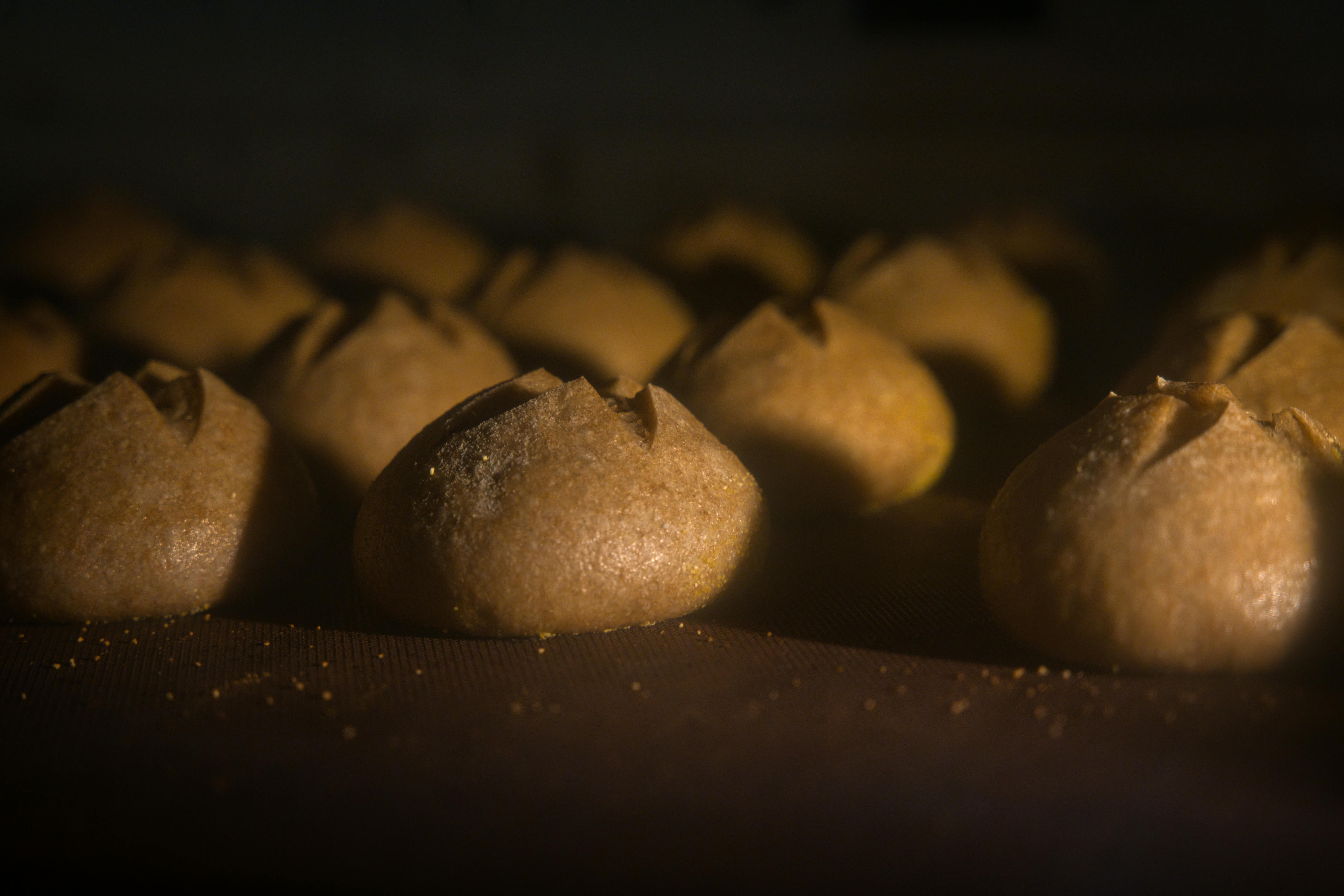
Introduction: Embracing Sucralose in Your Keto Diet
As the popularity of the ketogenic lifestyle continues to rise, finding ways to indulge your sweet tooth without sacrificing health is paramount. Enter sucralose, a low carb sweetener that has captured the attention of health-conscious consumers. This artificial sweetener not only provides a sweet taste without carbs but also offers numerous health benefits for those adhering to a keto diet.
In this article, we’ll explore the uses of sucralose, its effects on blood sugar, and how it can seamlessly fit into keto recipes. We will also discuss the potential side effects and how it measures up against traditional sugar. With insightful tips on baking with sucralose and popular recipes, you'll discover how to optimize your low-calorie diet in 2025. So, let’s dive in and uncover the sweet world of sucralose!
Key Takeaways: Understand the benefits of sucralose, its role in the keto diet, and find practical uses for this versatile sweetener.
Understanding Sucralose and Its Role in the Keto Diet
Sucralose is a chlorinated derivative of sucrose, created through a process that changes the sugar's chemical structure, making it calorie-free and about 600 times sweeter than sugar. Its sweetness level surpasses that of natural sweeteners like stevia and erythritol, making it an appealing choice for those seeking to reduce sugar intake.
As a keto-friendly sweetener, sucralose aligns perfectly with the principles of a low carb diet. It allows individuals to enjoy sweet flavors while effectively maintaining ketosis, the metabolic state where the body burns fat for fuel. Research indicates that sucralose does not raise blood sugar levels, making it a suitable option for diabetics as well.
This naturally leads us to how sucralose can be effectively integrated into your daily meal planning for keto.
Incorporating Sucralose in Keto Recipes
One of the main attractions of sucralose is its versatility in cooking and baking. From sweetening beverages to creating delicious desserts, the uses of sucralose set it apart from other sweeteners. When baking with sucralose, it’s important to understand its sweetness level; a small amount can provide the desired sweetness without the calories. Adjusting recipes for sugar replacements can lead to delightful outcomes such as keto brownies or sugar-free cheesecakes.
For those craving something special, there are plenty of recipes for keto desserts that utilize sucralose as a sugar substitute. These offer a satisfying taste experience while keeping carbohydrate intake low, thus supporting weight loss and overall dietary goals.
Health Benefits of Sucralose
Sucralose not only provides a sweet taste but also packs potential health benefits. Being a non-caloric sweetener, it can help in managing dietary sugar intake, effectively aiding in weight management. Moreover, studies suggest that sucralose does not affect insulin response, making it a compelling choice for individuals looking to balance blood sugar levels.
On top of that, since sucralose does not contribute to calories, it can be beneficial in low calorie diets and supports efforts to curb sugar addiction. By replacing refined sugars with sucralose, consumers can enjoy sweet flavors without guilt, aligning their dietary preferences with healthier living.
Sucralose versus Sugar: A Comprehensive Comparison
When comparing sucralose to sugar, it becomes evident why many prefer this artificial sweetener. Common sweetener types like refined sugars contribute significantly to caloric intake without providing essential nutrients. Conversely, sucralose offers a sweetening agent that is free from calories and carbs, making it perfect for those focused on a ketogenic lifestyle.
Notably, the differences in sweetness perception and effects on appetite are also considerable. While sugar can lead to cravings and spikes in blood sugar levels, sucralose remains stable, empowering users to enjoy their meals without the risks associated with sugar.
The Processing of Sucralose
Many health-conscious consumers wonder about the impacts of artificial sweeteners like sucralose on nutrition. Understanding how sucralose is made can alleviate concerns about its safety. It undergoes rigorous testing and regulation to ensure it meets safety standards befitting the food industry.
Despite being an artificial sweetener, the health implications of sucralose suggest minimal risk when consumed in moderation. While there may be some discussions regarding sucralose and health risks, evidence shows that it is a safe alternative. This is particularly beneficial for those who maintain dietary restrictions against traditional sugar.
Exploring the Effects of Sucralose on Health
Analyzing how sucralose interacts with metabolism is crucial for consumers. Research indicates that without altering insulin levels substantially, sucralose can effectively support weight loss goals, particularly when combined with a keto diet. Its low glycemic index means it can be enjoyed without fearing spikes in blood sugar or triggers for cravings.
Moreover, many users of sucralose report satisfaction with their sweet experiences, leading to a more enjoyable journey in detoxing from sugar. The relationship with food and behavioral aspects beneath this choice can lead to long-term dietary changes, promoting healthier lifestyles.
Practical Tips for Using Sucralose in Keto-Friendly Snacks
Finding keto snacks with sucralose is straightforward, thanks to the growing market of sugar-free products. Sucralose can be paired creatively in a variety of snacks, enhancing flavor profiles while keeping them low in carbohydrates. Opting for non-caloric sweeteners in recipes can yield delightful treats, such as chocolate mousse or coconut macaroons.
Common sweetener types aside from sucralose, like monk fruit and erythritol, can also complement recipes. However, sucralose remains a favorite due to its compatibility with a broader range of flavors and its heightened sweetness level.
Baking with Sucralose: Essential Techniques
When baking with sucralose, it’s important to remember that it behaves differently from sugar. Since it doesn't caramelize, recipes must be adjusted accordingly for optimal results. Experimenting with addition amounts can help discover the ideal sweetness level across baked goods, allowing creativity in the kitchen while staying within the bounds of a keto diet.
Pro tips include combining sucralose with moisture-rich ingredients to achieve desired textures in baked products. Using sucralose in conjunction with other keto ingredients can create scrumptious desserts, illustrating the ingredient’s versatility.
Common Questions About Sucralose
Is sucralose safe for everyone?
Yes, sucralose is widely regarded as safe for the general population. However, those with certain dietary restrictions should consult healthcare professionals to ensure compatibility.
Can sucralose help with weight loss?
Absolutely! Sucralose can aid in weight loss by providing a sweet taste without the added calories, promoting healthier snack choices and encouraging individuals to reduce refined sugar intake.
How does sucralose affect blood sugar levels?
Research indicates that sucralose does not raise blood sugar levels, making it a suitable choice for individuals managing diabetes or those on a low carb diet.
What are the best ways to use sucralose in cooking?
Sucralose is incredibly versatile. It can be used in sweetening coffee, baking desserts, or as a flavor enhancer in various dishes. Experimentation is key to discovering exciting new keto-friendly recipes.
Conclusion: Sweetening Your Keto Journey with Sucralose
Incorporating sucralose into your keto diet not only enhances the taste of your meals but also supports health goals through its low-calorie nature and minimal impact on blood sugar levels. With the information detailed in this article, you are now equipped to navigate the world of sucralose confidently. From baking tips to effective dietary integrations, making informed choices can lead to a sweeter, healthier lifestyle.
